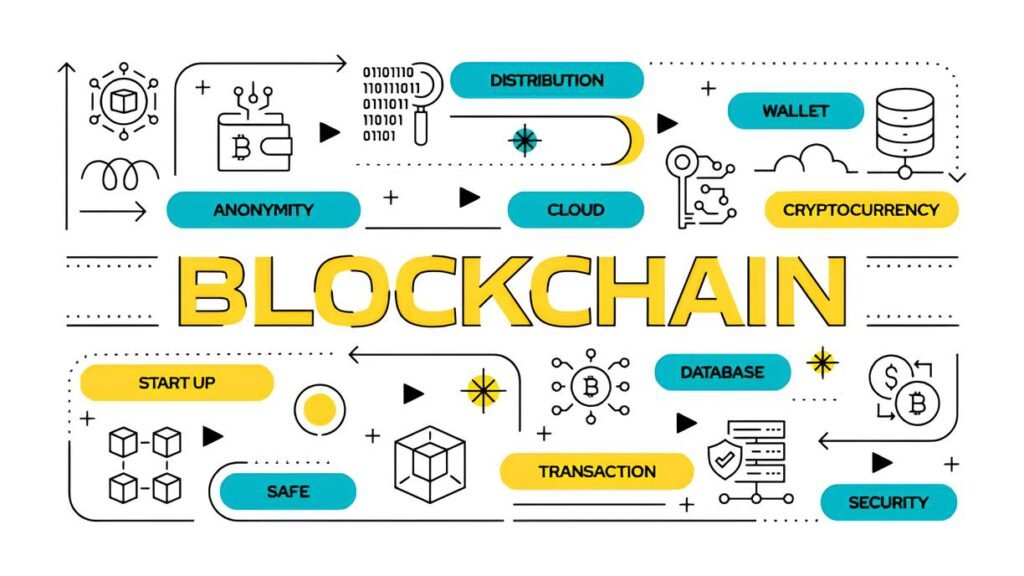Why Your Darknet Activity Might Be Stored Longer Than You Think
Imagine this: you log into a darknet forum late at night, confident that your identity is hidden behind layers of encryption and anonymity tools. You believe the digital footprints you leave are ephemeral, vanishing seconds after you close your browser. But what if your activity, your clicks, your messages, or even your browsing habits are quietly preserved—much longer than you realize?
In an age where data is king and surveillance technology grows more sophisticated by the day, the myth of instant anonymity on the darknet is quickly fading. What appears to be invisible might actually be archived, indexed, and stored in hidden corners of servers, logging systems, or even law enforcement databases—sometimes for years. If you thought being “off the record” meant truly disappearing, it’s time to rethink how ephemeral your darknet footprint really is.
In This Article
Why Darknet Data Lingers Longer Than You Expect
The darknet is often portrayed as a shadowy place where activities disappear as soon as you exit the browser. This is a comforting belief but far from reality. The infrastructure that powers hidden services—whether marketplaces, forums, or encrypted messaging platforms—is complex and not inherently designed for automatic data destruction.
Servers and service operators often keep logs and backups for operational, troubleshooting, or even profit-driven reasons. While some may emphasize privacy, your digital footprints can be lying dormant, waiting to be uncovered.
Additionally, many darknet users underestimate the lifespan of cached content, database snapshots, and network metadata, which are silently captured in the background by hosting providers, exit nodes, or monitoring tools.
Not All Darknet Hosts Are Created Equal
Running a darknet service isn’t as simple as flipping a switch. Many rely on virtual private servers (VPS) that belong to third-party hosts outside the Tor network. These hosts might keep snapshot backups or logs—sometimes done unintentionally, but occasionally for security patches or compliance with government orders.
This reality means your activity may be recorded outside the confines of the darknet’s encrypted onion routing.
The Mirage of “No-Log” Darknets
The term “no-log” gets thrown around a lot, especially by VPN providers and darknet forums. While some services may genuinely minimize logs, even well-intentioned providers often maintain temporary logs for performance monitoring, abuse prevention, or billing.
Darknet operators who claim “no logs” don’t always provide transparency or independent audits to prove it—which raises risks that stored data might be vulnerable to exposure through hacks or seizure.
Logging Practices in Darknet Services
Understanding how and why logs are created on darknet services gives insight into why your activity might be lingering long after you think you’re gone.
- Access Logs: Record connection times, IP addresses (often anonymized, but sometimes leaked via misconfigurations), and session durations.
- Behavioral Logs: Track navigation paths, clicks, message timestamps, and transaction histories.
- Database Backups: Periodic snapshots containing user data, messages, forums posts, and market listings.
- Error and Debug Logs: Logs used to diagnose issues, which can accidentally capture sensitive or identifiable information.
Darknet sites often mirror clearnet habits unintentionally, like routine backups that keep months or years worth of user data accessible unless explicitly deleted.
Some operators rely on open-source forum software or marketplace platforms that write extensive audit trails by default. Others embed logging hooks into their services to detect fraud or preserve trust—yet these can serve as a data trove if seized or leaked.
Before engaging on darknet services, review their security and privacy disclaimers—many include subtle hints about data retention policies.
Technical Storage vs. Behavioral Traces
There are two broad categories of stored data you should concern yourself with:
1. Technical Storage
This is the explicit record of what you do online, saved in logs or backups. It includes your username, message content, timestamps, IP addresses in rare cases, and crypto wallet info if you made payments.
Operators may retain this data intentionally—sometimes months or years. Even if the data is encrypted or anonymized, vulnerabilities in storage or operational mistakes can expose it.
2. Behavioral Traces
This is a far more subtle form of data retention—your habits, patterns, and online “signature.” Think of it as a fingerprint left not in code, but in the rhythm and style of your digital presence.
Examples include repeated login times, language style, typing speed, or navigational flows within marketplaces or forums. Studies demonstrate that behavioral patterns are often more revealing than IP addresses and can be analyzed using AI or forensic linguistics.
While behavioral traces aren’t typically stored as logs, metadata gathered by exit nodes or scraped from forum posts can be combined and analyzed long after your last login.
Metadata: The Hidden Record You Can’t Erase
Metadata is often overlooked in discussions about darknet anonymity, but it’s one of the most persistent and insightful forms of digital data.
Metadata includes all the auxiliary data around your communication:
- Connection timestamps
- File sizes and types
- Message headers
- Protocol handshake details
- Frequency and timing of visits
- Device fingerprints
Unlike message content, metadata usually isn’t encrypted or obscured in standard darknet service configurations. This silent “digital exhaust” can be easier to collect and store, enabling long-term profile building—especially when combined with information from other leaks or breaches.
Surveillance entities—including nation-states—invest heavily in metadata collection, cross-referencing, and analysis to track darknet users and correlate seemingly unrelated activities.
For users trying to maintain privacy, understanding how metadata leaks occur is as crucial as disabling any visible logs.
Even innocuous file uploads, like images or PDFs, can carry metadata tags revealing device info, timestamps, or editing software. Always scrub files using tools before sharing.
How Law Enforcement Retains and Uses Darknet Data
Law enforcement agencies around the world have made darknet investigation a priority. Beyond just live surveillance, these agencies store vast logs harvested from seized servers, crawled forums, and intercepted communications.
One reason data is kept long-term is to uncover large-scale criminal networks that operate beyond a single interaction or marketplace. Old logs help build connections between actors over time.
Techniques include:
- Harvesting forum posts and chat logs from seized servers
- Archiving blockchain transaction histories linked to darknet wallets
- Correlating time-based activity data with real-world events
- Leveraging AI-powered pattern recognition to identify user clusters
These records might be protected under classified information safeguards, but leaks and legal disclosures occasionally reveal the enormous datasets being compiled and retained.
The most surprising part? Records from darknet sites taken offline years ago may still exist and be accessible to investigators, turning presumed “forgotten” activity into incriminating evidence.
For more about how blockchain data intersects with darknet investigative profiling, you can explore our article on what blockchain metadata can reveal about you.
Minimizing Your Darknet Legacy
While no method guarantees absolute data erasure, you can take proactive steps to limit how long your darknet traces last and who can access them.
- Use ephemeral or stateless operating systems: Tools like Tails OS or Whonix ensure no traces remain on your device after shutdown.
- Scrub metadata before uploading files: Utilize tools like MAT2 or ExifTool to strip file metadata.
- Practice varied behavioral patterns: Avoid predictable login times, message styles, and service usage to reduce behavioral fingerprinting risks.
- Choose privacy-focused services and markets: Prioritize darknet sites that advertise minimal logging and clear data deletion policies.
- Use multi-hop routing and decentralized networks: Combining VPNs with Tor or exploring alternatives like I2P can add layers of obfuscation.
- Limit data sharing: Avoid oversharing personal details or repeated usernames across darknet services to prevent identity linkage.
Understanding the concept of good “data hygiene” across devices is key to controlling your digital footprint in these spaces.
Regularly clearing cookies, caches, and disconnecting you from persistent sessions is a simple yet effective step toward reducing traceable data.
Frequently Asked Questions
Q: How long is darknet activity typically stored?
A: It varies widely depending on the service, but some logs and backups may be preserved for months or years. Law enforcement archives can retain data indefinitely.
Q: Does using Tor automatically delete all my activity?
A: Tor itself does not delete server-side logs or metadata. It only helps anonymize your connection. Your actions on darknet sites may still be recorded.
Q: Can metadata alone identify me on the darknet?
A: Metadata can be surprisingly revealing when combined with behavioral analysis and other data points. It can help build a profile over time.
Q: Are there darknet services that truly don’t log anything?
A: Some claim “no log” policies, but without independent audits, it’s difficult to trust these claims fully. However, some privacy-focused platforms minimize data retention.
Rethinking Your Digital Footprint on the Darknet
The idea that darknet activity disappears the moment you close a Tor browser is a comforting fiction. In truth, your activity may be cataloged, scrutinized, and stored far beyond what you expect—whether by



